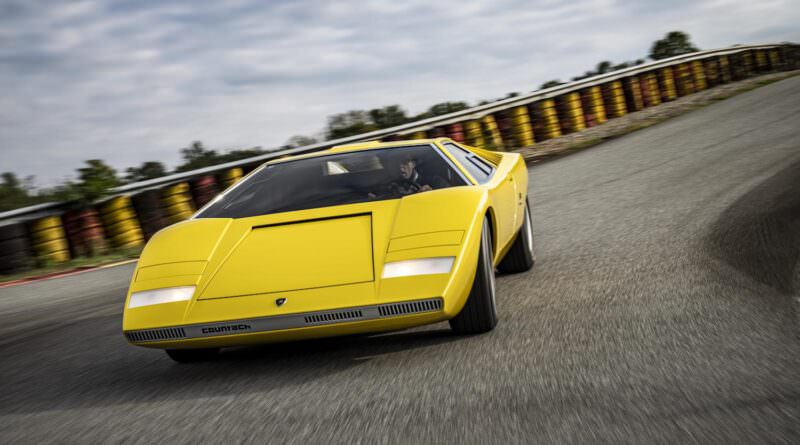Lamborghini resurrects the first Countach
The original 1971 Geneva show car was destroyed in a crash test. Here’s how Lamborghini recreated it.
There can’t be many cars quite so influential as the Lamborghini Countach. I don’t mean in the sense that Lambo’s original rocket-wedge changed the way other cars were designed or anything. Well, I kind of do, but in a more roundabout, less direct fashion. Because surely, in the last 50 years, no other single car has caused more young boys and girls to look on with awe, and decide ‘I want to create things like that.’ I’m willing to bet a significant amount that a great many of today’s car engineers and designers got started because they saw a Countach, whether on the telly, in a magazine, or for reals.
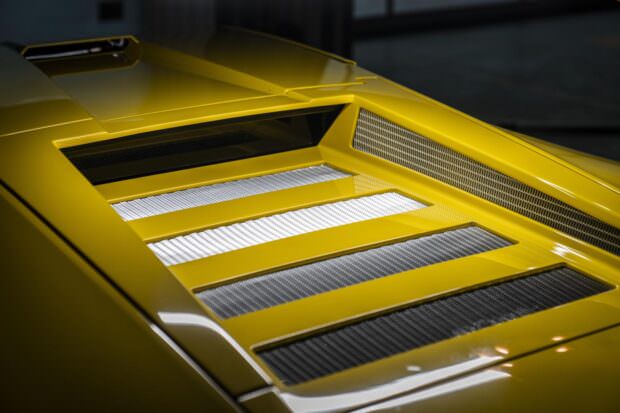
However, there was something missing from the Countach story. We all know the highlights, right? Marcello Gandini’s impossible wedge shape. The mighty V12 engine. The Italian playboy image. The Cannonball Run. Posters on bedroom walls. The Wolf Of Wall Street. The fact that its very name is an expletive (Countach is basically Piedmontese for ‘blimey!’).
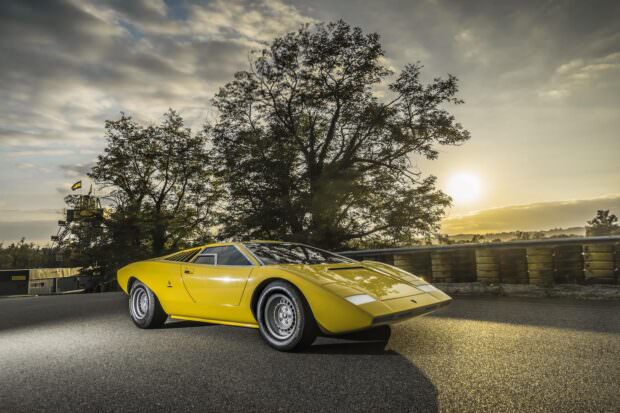
What was missing? The first Countach. The original. The Countach LP500, hand-built as a concept car for the 1971 Geneva motor show, and rushed into production thereafter because of the clamour for it to be built. That original show car is long, long gone — wrecked in a crash test as Lambo raced to develop the production LP400 Countach. Gone, until now. Since 2017, Lamborghini’s classic car arm, the Polo Storico, had been working on a secret project, funded by a wealthy car collector — to recreate, in exacting detail, that original show-star LP500 Countach.

The first months were spent acquiring all the material available and undertaking an in-depth analysis. “The collection of documents was crucial,” says Giuliano Cassataro, Head of Service and Polo Storico. “There had been so much attention paid to all the details of the car, to their overall consistency and to the technical specifications.” Photographs, documents, meeting reports, original drawings, and even the memories of those who were involved at the time — all were mined for crucial details. Don’t underestimate how hard this all was — not only was the LP500 gone, so too were the original drawings and sketches. This was a car that only existed in photographs and memories.
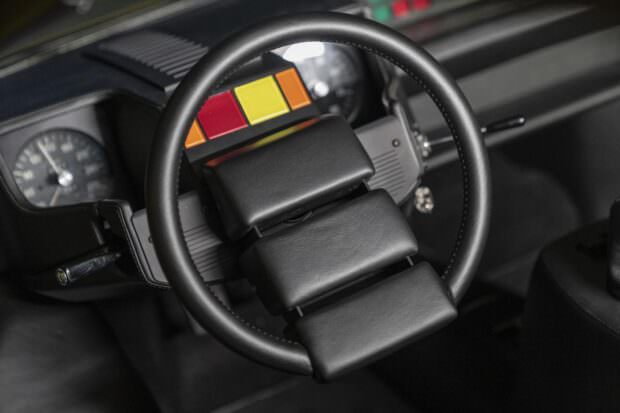
It was also a different car to the final production Countach. Countachs you could buy used a tubular chassis, but the original show car was made on a Miura-like platform, so that had to be re-designed and re-made from the ground up. To make things harder, the Polo Storico decided that it would be made with a: “work system for building it in order to respect the production methods of the time. The same procedure was used for the bodywork, with various modern technological instruments employed for its analysis and definition. Once the sheet metal beating phase was reached, technology gave way to the traditional Italian system, carried out by the “battilastra” with his creativity and tools. A similar process was followed for the interior, which included the lighted diagnostic instruments, as shown on the 1971 prototype.”
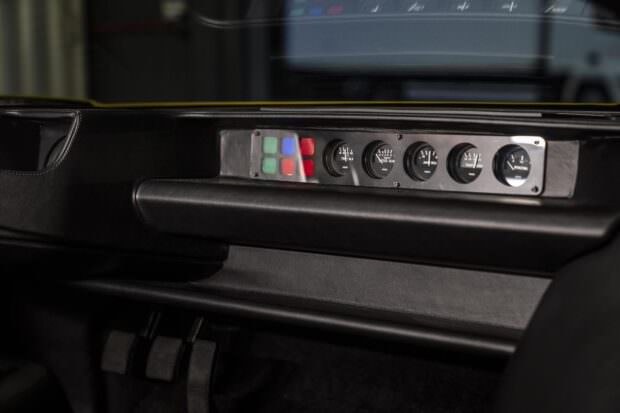
Mechanical parts were at least a little easier to come by — some period production Countach parts would do the job, but even then many of the finer detail pieces and components had to be recreated from scratch.
Then there was the body. This was the first Countach, remember. No wings, no slats, no scoops. This is the pure, clean, original Gandini look, and it had to be perfect. Polo Storico turned to the Lamborghini Centro Stile where the team led by Mitja Borkert, Head of Design, set to work on a very challenging project. “The LP 500 is of paramount importance to Lamborghini because it gave rise to the design DNA of all subsequent models.” said Mitja Borkert. “To arrive at the car that debuted in Geneva in 1971, a 1:1 scale styling model was developed, which along with the car itself was lost over time, but extensive photographic evidence of it remains. This is the same approach with which we decided to tackle the project. Starting from publications of the time, from images on homologation sheets and other material recovered from Polo Storico, we were able to reconstruct the mathematics necessary for creating the first 1:1 scale model. The biggest challenge was to create the exact volume of the car, and for this we used the opportunity to take a 3D scan of our LP 400 (chassis 001), which was an enormous source of information. It took us 2000 hours of work altogether to arrive at the final model, with lines that satisfied us. The exact same procedure was followed for the interior.”

Even the paint and the tyres needed careful research. The Lamborghini raid on the PPG archives proved to be crucial, making it possible to identify, after careful analysis, the exact composition for producing the yellow color used, identified as “Giallo Fly Speciale”. Meanwhile, Pirelli had a dig through its archives, and was able to recreate the original Cinturato CN12 tyres, supplied in the sizes 245/60R14 for the front and 265/60R14 for the rear. These new tyres are fitted with the same tread pattern and aesthetics as in the 1970s, but with a modern compound and structure.

And so here it is. As if it’s travelled through time from Geneva 1971. The original Lamborghini Countach LP500. Not a replica, because it’s made by the original factory. Not a ‘continuation’ because this is the only one that will be made. Not a ‘reborn’ because there was no original donor car to work from. It’s old, but new. Lost, but found.
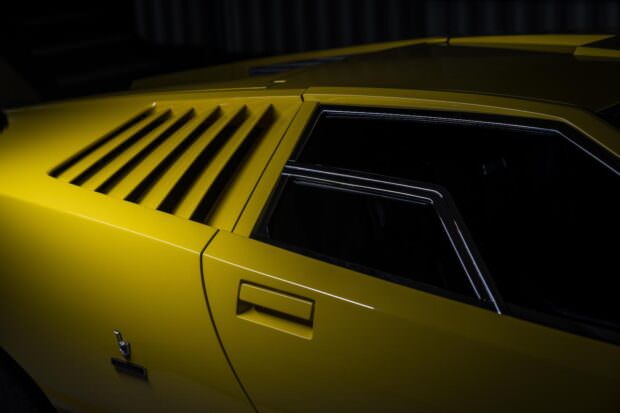
“The Countach reinvented high-performance cars,” said Stephan Winkelmann, Chairman and CEO of Automobili Lamborghini, “and it became an icon in terms of stylistic language that even today, after decades, still inspires contemporary Lamborghinis. Bringing the reconstruction of the first Countach to the concept class of the Concorso d’Eleganza Villa d’Este, in the year we are celebrating the 50th anniversary of this model, is something extraordinary because it allows us to admire the legendary 1971 LP 500 in person for the first time in so many years.”

